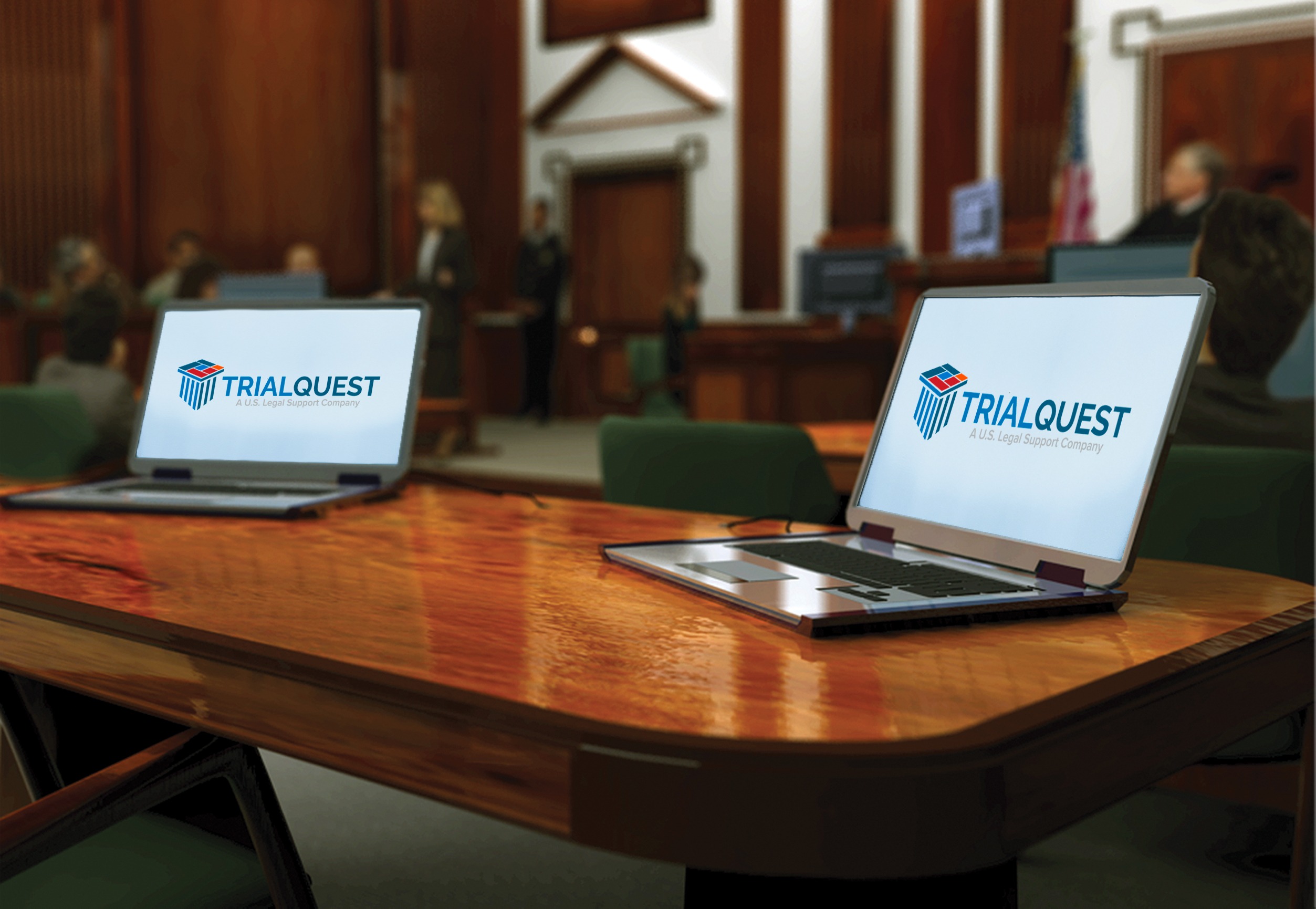How Trial Presentations Help Attorneys Effectively Convey Legal Arguments
How Trial Presentations Help Attorneys Effectively Convey Legal Arguments
Blog Article
The Power of Visuals in Trial Presentations for a Winning Debate
The integration of visuals in trial presentations has emerged as a vital aspect in successfully interacting complicated disagreements to jurors. By using different types of visual aids-- be it diagrams, photographs, or animations-- lawyers can boost understanding and retention, inevitably forming the jury's perception of the case.
Importance of Visuals in Tests
In several lawful settings, visuals play an important function in enhancing the effectiveness of test discussions. The combination of visual elements can dramatically influence jurors' understanding and retention of complicated information, thereby forming their understandings and decisions. Visuals, such as charts, layouts, and photos, can simplify detailed stories, making them much more accessible and engaging.
Additionally, the human brain procedures visual information extra effectively than text, which emphasizes the significance of incorporating visuals right into legal debates. By equating thick legal concepts right into visual styles, attorneys can promote clearer interaction, guaranteeing that bottom lines are not overlooked throughout trials.
Furthermore, visuals serve to involve jurors on an emotional level, cultivating a connection to the instance that words alone may fall short to achieve. The calculated use visuals can evoke compassion, motivating jurors to take into consideration the human elements of the situation.
Eventually, the value of visuals in tests hinges on their capacity to boost quality, improve juror involvement, and enhance the narrative existing. This powerful combination is important for crafting convincing disagreements that reverberate with jurors and influence the result of legal proceedings.
Sorts Of Visuals to Make Use Of
Effective trial discussions can greatly gain from a range of aesthetic devices that cater to different elements of the instance. trial presentations. Utilizing diagrams and charts can properly damage down complex information, making it a lot more absorbable for jurors. For circumstances, flowcharts can illustrate the sequence of events, while bar graphs may succinctly contrast pertinent information factors.

Animations and simulations can also play an important duty, especially in situations entailing technical data or complex circumstances. These visuals can dynamically represent processes or activities, giving clarity and interaction that fixed photos might not achieve.
Moreover, infographics integrate message and visuals to summarize necessary information efficiently. They can provide timelines, stats, and considerable situation points in a visually appealing manner, making it easier for jurors to follow the argument.
Enhancing Understanding and Retention

Enhancing understanding and retention during trial discussions is critical for making sure that jurors comprehend the vital elements of a case. Aesthetic aids function as effective tools in this regard, converting complicated information right into quickly digestible layouts. By using charts, layouts, and infographics, lawyers can simplify detailed data and highlight bottom lines that might or else be overlooked.
Researches have revealed that individuals retain details considerably much better when it exists visually. This is especially relevant in a test setting, where jurors might be overwhelmed by the quantity of proof and statement. By purposefully integrating visuals, lawyers can guide jurors' focus to the most essential elements of the instance, reinforcing their understanding and memory of the product presented.

Creating Engaging Discussions
Exciting jurors' focus during test presentations is important for sharing a compelling story. Engaging presentations leverage visual components to create a remarkable experience that resonates with jurors. The calculated use graphics, animations, and video clips can elucidate complex info, making it extra available and relatable.

Additionally, including storytelling strategies can enhance involvement. Presenting proof in a logical series that constructs sob story allows jurors to attach with the material on an individual degree. Diverse discussion formats, such as integrating brief video or interactive aspects, can additionally suffer passion and attention throughout the trial.
Inevitably, an engaging discussion cultivates a more extensive understanding of the instance, making it possible for jurors to much better appreciate the disagreements being presented and causing a much more desirable outcome.
Study and Success Stories
Many case research studies highlight the substantial influence of visuals in trial presentations, showing their capability to affect juror assumptions and ultimately the end results of cases. For instance, a notable case involving an accident case showed just how the usage of a 3D computer animation of the accident scene clarified complex details. Jurors reported really feeling even more educated and compassionate, dramatically guiding their choice for the complainant.
In one more instance, a look at this now corporate litigation case made use of infographics to existing economic information and timelines, making complex info available. The visual representation made it possible for jurors to realize the subtleties of the situation better than verbal descriptions alone. trial presentations. As an outcome, the court returned a decision that exceeded the customer's assumptions
The engaging visuals not only aided in producing doubt however also reverberated emotionally with jurors, leading to a pardon. These success stories highlight the necessity of incorporating visuals into trial discussions, as they improve understanding, retention, and Source inevitably, the convincing power of lawful arguments.
Verdict
In verdict, the critical unification of visuals in trial presentations substantially enhances jurors' understanding and retention of complex details. Engaging presentations, supported by engaging instance researches, show the profound impact that visuals can have on persuasive communication.
Report this page